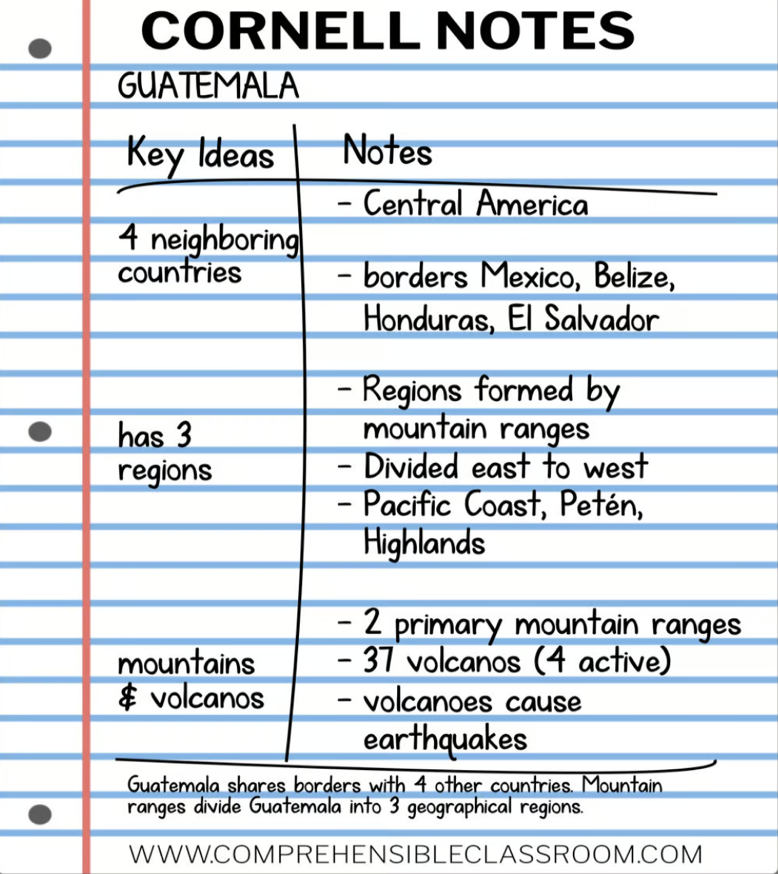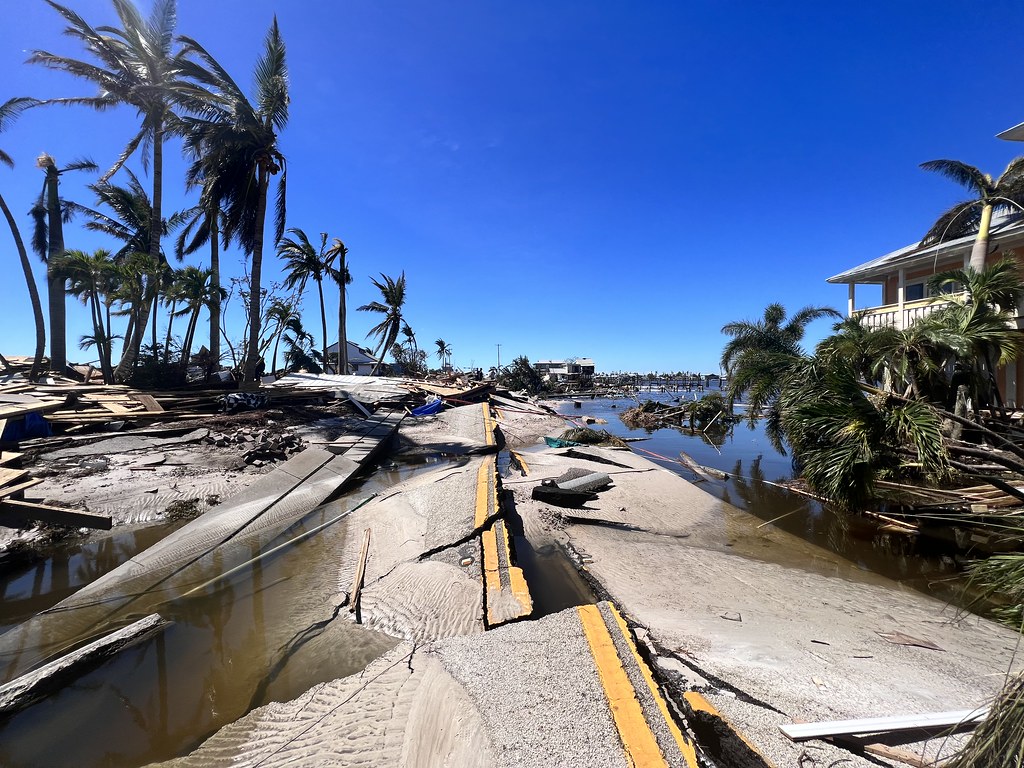Recently, the highly destructive Hurricane Ian, swept from Cuba to Tampa, Florida, and then to South Carolina, causing large amounts of casualties, deaths, and losses, especially in Florida. As a high Category 4 hurricane, Hurricane Ian became the fourth-strongest to ever hit Florida, with the other three being Hurricane Michael in 2018, Hurricane Andrew in 1992, and the Labor Day hurricane in 1935. Only 32 US category 4 hurricanes so far have made landfall since 1851, according to the Atlantic Oceanographic & Meteorological Laboratory at the National Oceanic & Atmospheric Administration.
This Category 4 storm caused more than 20 inches of rain in Florida and later made landfall in South Carolina as a Category 1 hurricane. With the fifth strongest winds for the record in the US, Hurricane Ian caused three recorded landfalls, a huge 12-foot storm surge (rise in ocean water), and more than 21 inches of rain. More than 100 people were reported dead in Florida, many of whom were older than 60. Lee county reported the highest number of deaths with multiple people succumbing to drowning due to excessive raining and storms.
Looking into the economic impact of this disaster, according to Enki Research, a data firm that studies the financial impact of storms, Hurricane Ian could have caused up to, in the best case scenario, $66 billion worth of damage, with the median projection of costs being $71 billion. More than 6,000 flights were canceled, in addition to more than 3.4 million power outages. If this prediction proves accurate, it would make Hurricane Ian the second most costly hurricane in the state, with Hurricane Katrina being first.
Other than these immediate consequences, Hurricane Ian has caused some possible long-term damage. Florida’s waterways could remain polluted for months after due to the untreated wastewater being forced out of a four-mile pipe and into the water, according to The Washington Post. Due to their relation to the sewers, the contaminated water would potentially spread viruses and bacteria to humans as a health hazard.
Lastly, Florida has received more than $1.6 billion in disaster relief; the Federal Emergency Management Agency (FEMA) gave out $680 million to homeowners and $322 million to the state’s emergency response operation. As FEMA’s Administrator Deanne Criswell says, “our focus right now is, one, really helping to remove the debris, so these communities can start the rebuilding process… people can start to think about how they want to rebuild their homes or what their next step might be.” There are still temporary, short-term options out there for those without a home, such as FEMA’s hotel program that provides transitional sheltering assistance, which thousands of people have accessed before deciding what to do next. As Criswell says, the important part is how the land will be rebuilt, in order to help mitigate or reduce the damage that other natural disasters could cause in the future.
Sources:
The Washington Post.
CNN.com
ABC News.
Weforum.org
PBS.org














![Teacher [Milk] Tea: Part 2](https://bisvquill.com/wp-content/uploads/2024/03/Screen-Shot-2024-03-19-at-9.28.48-PM.png)
![Teacher [Milk] Tea: Part 1](https://bisvquill.com/wp-content/uploads/2024/03/milk-tea.png)


































